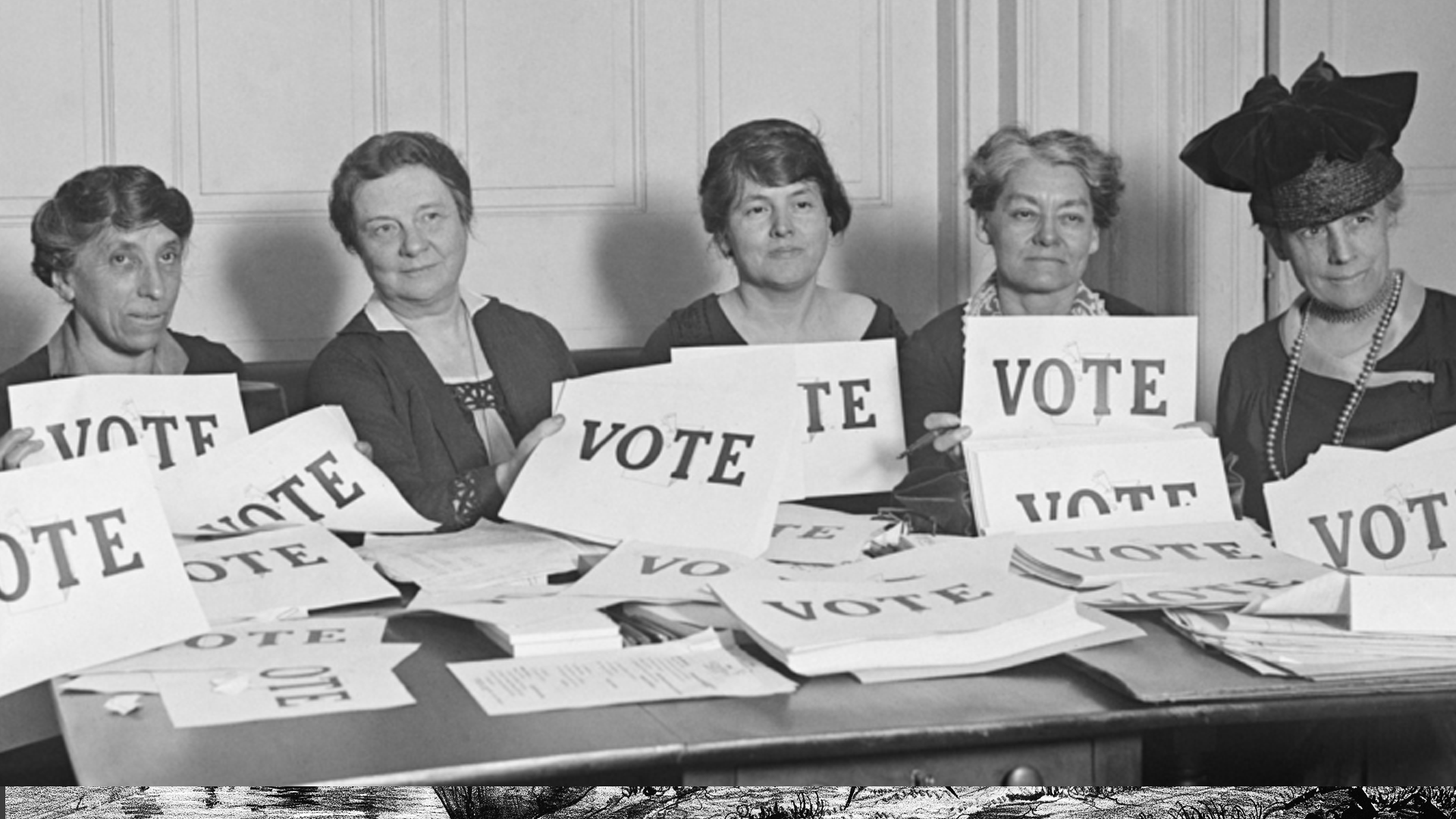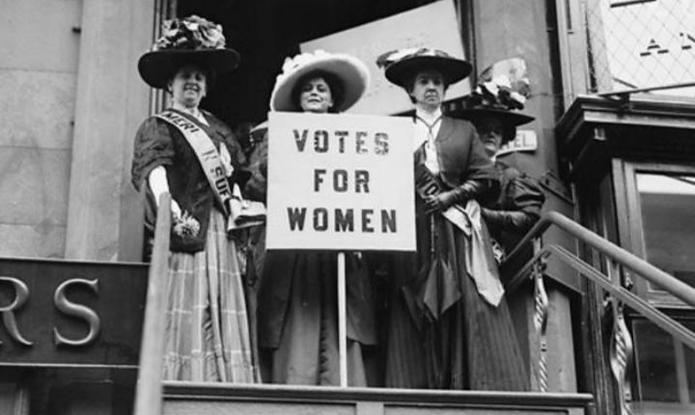The 19th Amendment Officially Adopted

The formal adoption of the 19th Amendment marked a seismic expansion of American democracy, guaranteeing women the constitutional right to vote.
What Happened?
On the morning of August 26, 1920, Secretary of State Bainbridge Colby quietly signed the proclamation certifying the 19th Amendment. No suffragist leaders were present, no cameras captured the moment—but the change was monumental. With a single signature, decades of organizing, marching, picketing, and jailings bore fruit: the U.S. Constitution now recognized women’s right to vote.
The struggle stretched back to Seneca Falls in 1848, where Elizabeth Cady Stanton, Lucretia Mott, and others first declared that women must secure the elective franchise as their 'sacred right.' Suffragists like Susan B. Anthony, Sojourner Truth, and Ida B. Wells pressed the cause through setbacks and ridicule, while later generations, led by Alice Paul and Carrie Chapman Catt, brought mass protest and political strategy to the forefront.
The amendment was passed by Congress in June 1919 and ratified by Tennessee—the 36th state—just days earlier on August 18, 1920. When the certified records from Tennessee arrived in Washington, Colby signed without fanfare, making the amendment the law of the land. That afternoon, Carrie Chapman Catt was received by President Woodrow Wilson at the White House.
The 19th Amendment declared simply: 'The right of citizens of the United States to vote shall not be denied or abridged ... on account of sex.' But its promise was far from universal. In the South, Black women remained disenfranchised by poll taxes, literacy tests, intimidation, and Jim Crow laws. Native American women were barred from citizenship until 1924. Asian American women were excluded until immigration laws changed in 1952. Latina women faced 'white primaries' and language-based barriers across much of the country.
It took the Voting Rights Act of 1965—and its 1975 expansion requiring bilingual voting materials—for the 19th Amendment’s promise to become real for most women of color. And even today, voter suppression continues to threaten equal access to the ballot, making the fight for voting rights a living struggle rather than a settled victory.
Why It Matters
The adoption of the 19th Amendment was one of the largest expansions of democracy in U.S. history, shattering the legal barrier that excluded women from political participation. But its limitations also remind us that progress often comes unevenly, leaving many still locked out. The suffragists opened a door that others had to keep fighting to walk through. Their legacy challenges us not only to celebrate milestones but to keep pushing until equal access to the ballot is a reality for all.
?
Why was the signing of the 19th Amendment’s certification done without suffragist leaders present?
How did the suffrage movement evolve from Seneca Falls to the early 20th century?
Why did the 19th Amendment fail to guarantee voting rights for women of color?
How did World War I influence the final push for women’s suffrage?
What role did the Voting Rights Act of 1965 play in fulfilling the 19th Amendment’s promise?
Dig Deeper
In 1920, women in the U.S. gained the right to vote—but only after a struggle that lasted more than 70 years. Learn how suffragists fought for the 19th Amendment.
PBS looks back on the long road to ratification for the 19th Amendment, from Seneca Falls to Tennessee—and the ways suffragists shaped their own legacy.
Related

Votes for Women: The Fight for the 19th Amendment
It took more than 70 years of protests, petitions, and picket lines to win the right for women to vote in the United States. The 19th Amendment didn’t just expand democracy—it redefined it.

Jim Crow and Plessy v. Ferguson
After Reconstruction, the South built a legal system to enforce racial segregation and strip African Americans of political power. The Supreme Court’s Plessy v. Ferguson decision in 1896 made 'separate but equal' the law of the land—cementing injustice for decades.

Universal Suffrage in the United States
The right to vote wasn’t handed to everyone—it was fought for, over centuries, by people demanding that democracy actually mean everyone has a voice.
Further Reading
Stay curious!
